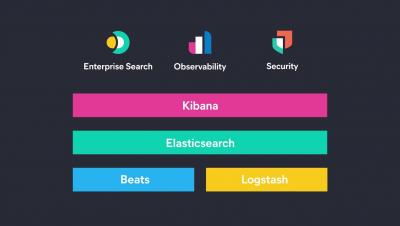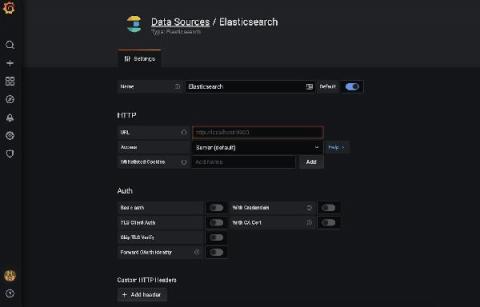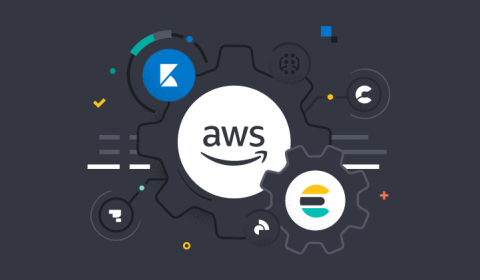Operations | Monitoring | ITSM | DevOps | Cloud
Search
How to Optimize Your Elasticsearch Queries Using Pagination
Consider for a moment that you are building a webpage that displays data stored in Elasticsearch. You have so much information in your index that your API Gateway cannot handle it all at once. What you’ll need to do is paginate your results so that the client can have a predictable amount of data returned each time. Before paginating your results with your client, you will need to know how to paginate data in your backend storage.
Search and replicate across regions and cloud service providers with Elastic Cloud
We are excited to announce the general availability of cross-cluster search and replication on Elastic Cloud. These two features allow you to search and replicate data across clusters in different regions and cloud service providers globally, making it possible to: Be sure to dive in and learn more about the features below! Cross-cluster search lets you search remote clusters across multiple regions and cloud service providers. When you break down regional data silos, you can get insights faster.
How to manage Elasticsearch data across multiple indices with Filebeat, ILM, and data streams
Indices are an important part of Elasticsearch. Each index keeps your data sets separated and organized, giving you the flexibility to treat each set differently, as well as make it simple to manage data through its lifecycle. And Elastic makes it easy to take full advantage of indices by offering ingest methods and management tools to simplify the process.
Why we're partnering with Elastic to build the Elasticsearch plugin for Grafana
As I’ve often talked about before, we have a “big tent” philosophy at Grafana Labs. We believe our users should determine their own observability strategy and choose their own tools; Grafana allows them to bring together and understand all their data, no matter where it lives. In practice, that means that we want to support data sources that our users are passionate about.
Elasticsearch caching deep dive: Boosting query speed one cache at a time
Cache is king for speedy data retrieval. So if you’re interested in how Elasticsearch leverages various caches to ensure you are retrieving data as fast as possible, buckle up for the next 15 minutes and read through this post. This blog will shed some light on various caching features of Elasticsearch that help you to retrieve data faster after initial data accesses.
Elastic searchable snapshots or AWS UltraWarm: Making the right choice
Your logs, metrics, security, and trace data are all invaluable to you. They are mission critical for your observability and security needs. As your IT infrastructure grows and keeps generating more and more data, your data volumes and data storage needs go up accordingly. It can quickly become cost-prohibitive to indefinitely store all of it on your hottest machines.
Analyzing Elastic Workplace Search usage in a Kibana dashboard - part 2
For the 7.10 release of Elastic Workplace Search, we highlighted some of the new analytics logging capabilities and took you through a short walkthrough of some sample analysis scenarios. With the 7.11 release we introduced analytics fields, which open up new possibilities for exploring query and click data with helpful dashboards and visualizations.
Elastic Cloud subscription and billing enhancements come to AWS Marketplace
We are excited to bring you a number of updates for using Elastic Cloud (Elasticsearch managed service) in the AWS Marketplace.
Autoscale your Elastic Cloud data and machine learning nodes
We're excited to announce that autoscaling is now available on Elastic Cloud. In our initial release, autoscaling monitors the storage utilization of your Elasticsearch data nodes and the available memory capacity for your machine learning jobs.









